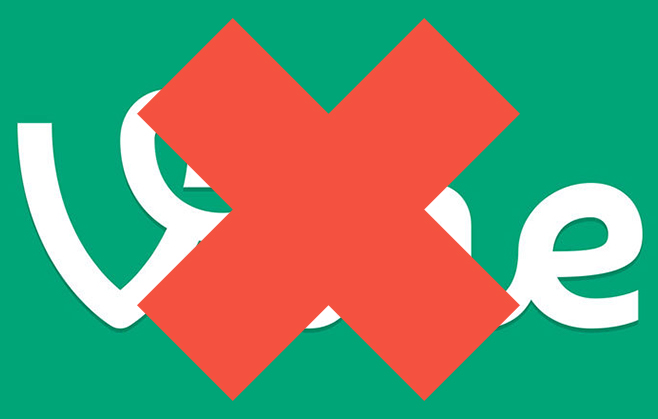
Vine: A great platform gone stagnant
Last week, Twitter made a sad announcement- Vine will cease to exist. One of the first video apps, the platform had built a cult following. So what went wrong, and was it right to pull the plug on a great product?
Since 2012, Vine has been the destination for short-form video loops, and a hub for amateur and professional creators and brands alike. It amassed a user-base of videographers who liked the app’s “no-frills” approach to creating video, and the challenge of creating 6 second clips. As a result of its success, Twitter reportedly bought the app for $30 million not long after its launch. The unique selling point of Vine to our mind, was the fact that it moved quickly in the direction of creativity, seeing content arise primarily from keen creators and creative brands, as opposed to everyday social media users. For ordinary users, the likes of Instagram video (launched in 2013), and even YouTube, offered filters and other editing solutions, helping those less creative to amplify their content. Vine was raw, and gave brands and creators no place to hide- content had to be artfully produced in order to attract success. It also became known as the platform to discover hilarious memes, long before Instagram started becoming popular for these too.
Some of the most celebrated figures on the platform included the likes of magician Zach King, whose performances resulted in him amassing an incredible 4 million followers. Monetisation from companies was also a part of the platform for the biggest stars, with the likes of actor Logan Paul for instance, earning a reported $200,000 to create one brand-collaborated Vine loop. Now these stars are appealing to save the failed platform though- they have proposed that it pay their top 18 stars $1.2 million each, add updates and changes to the app such as comment filters, and create some kind of direct communication feature. In return, these stars would create 12 original Vine-only videos per month. If the platform agrees, might this move help revive the site to its former golden days?
Where Vine ultimately started to fail though, was in the fact that it faced too much growing competition for Instagram and Snapchat. Brands recognised that these two platforms attracted a huge and growing user-base, causing them to start refocusing their efforts, and pulling advertising and partnership money out of Vine. And when this happened, it of course caused some of the app’s greatest influencers to start posting less frequently, and shift or house the same content on their Facebook pages, Snapchat, Twitter and Instagram accounts. Vine itself also never formed its own partnerships with brands or influencers, nor did it attempt to woo them with advertising options- this would have accounted for missed revenue that the likes of Snapchat and Instagram were simultaneously building. The app had tried to maintain its popularity, with new features such as extended-length videos launched at the beginning of this year, and there were talks that it might be absorbed into Twitter’s main site to maintain buoyancy. Despite its unique nature, there was perhaps not enough done to revolutionise the platform, nor to help it compete with Snapchat and Instagram. And stuck between its identity as a creative platform and social media network, the app arguably found it difficult to find its overarching niche. In this way, any later efforts to save Vine may have been futile, and we will certainly miss the hours of entertainment it provided!
Does the news come as a shock to you, and would you have liked to have seen Vine live on? Were you an avid user or follower of its content? We’d love to hear your thoughts, so please tweet to us @PracticeDigital and share your comments on our Facebook page.




